Lawful Management of Pay, Time, Performance & Discipline in Employment
VerifiedAdded on 2023/06/10
|10
|679
|267
Presentation
AI Summary
This presentation provides an overview of key aspects of employment law, focusing on the lawful management of pay, working time, performance, and disciplinary matters. It covers topics such as national minimum/living wage, working time regulations, equal pay provisions (including gender pay gap reporting), maternity, paternity, adoption rights, shared parental leave, and the right to be accompanied at formal meetings. The presentation also highlights good practices in managing employee capability and conduct, referencing the Employment Rights Act 1996 and the importance of written contracts and proper dismissal procedures. The conclusion emphasizes the recent amendments in employment law aimed at creating a more balanced and trustworthy relationship between employers and employees, reducing exploitation in the workplace. The presentation references several academic sources to support its analysis.
1 out of 10
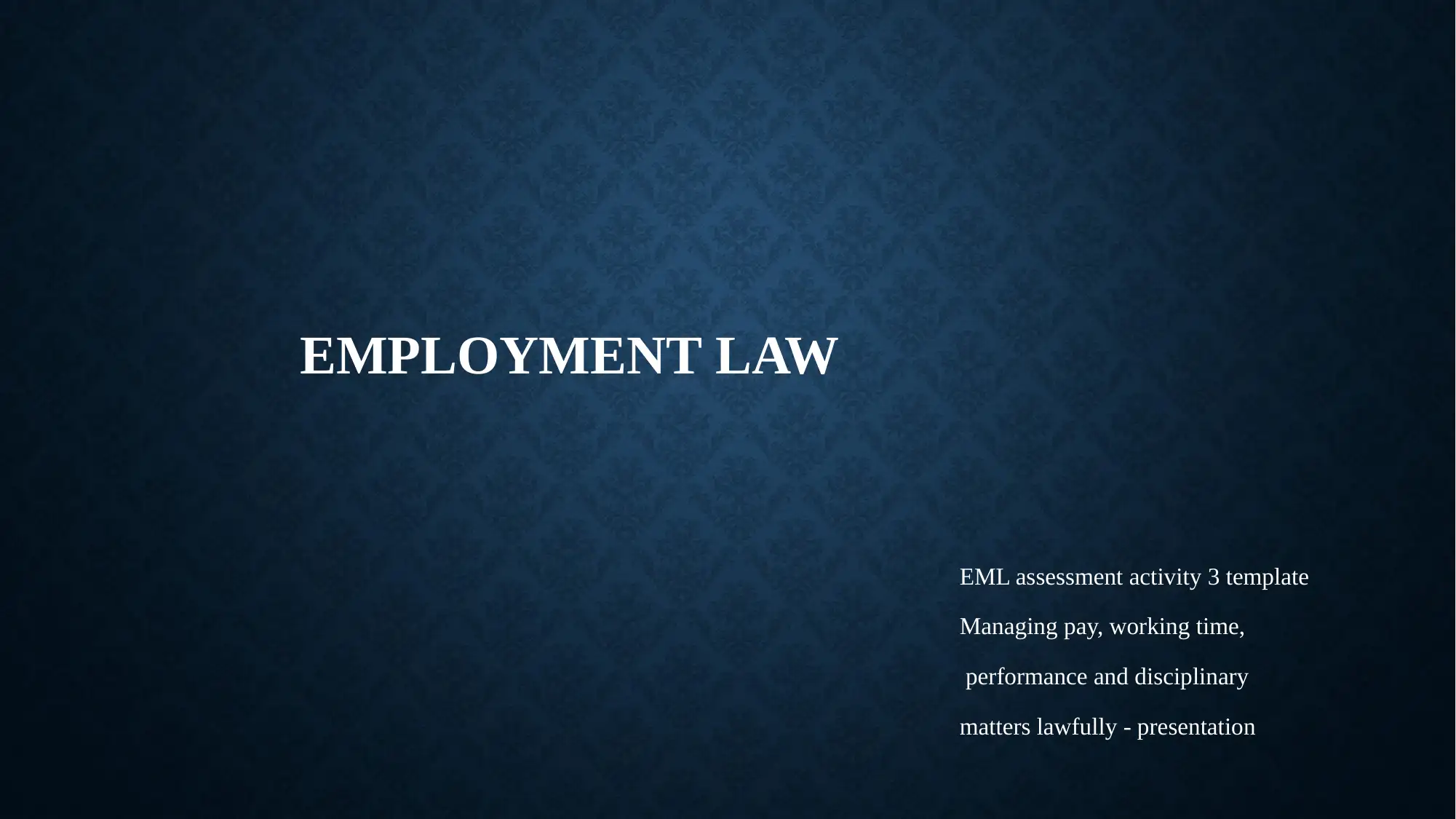
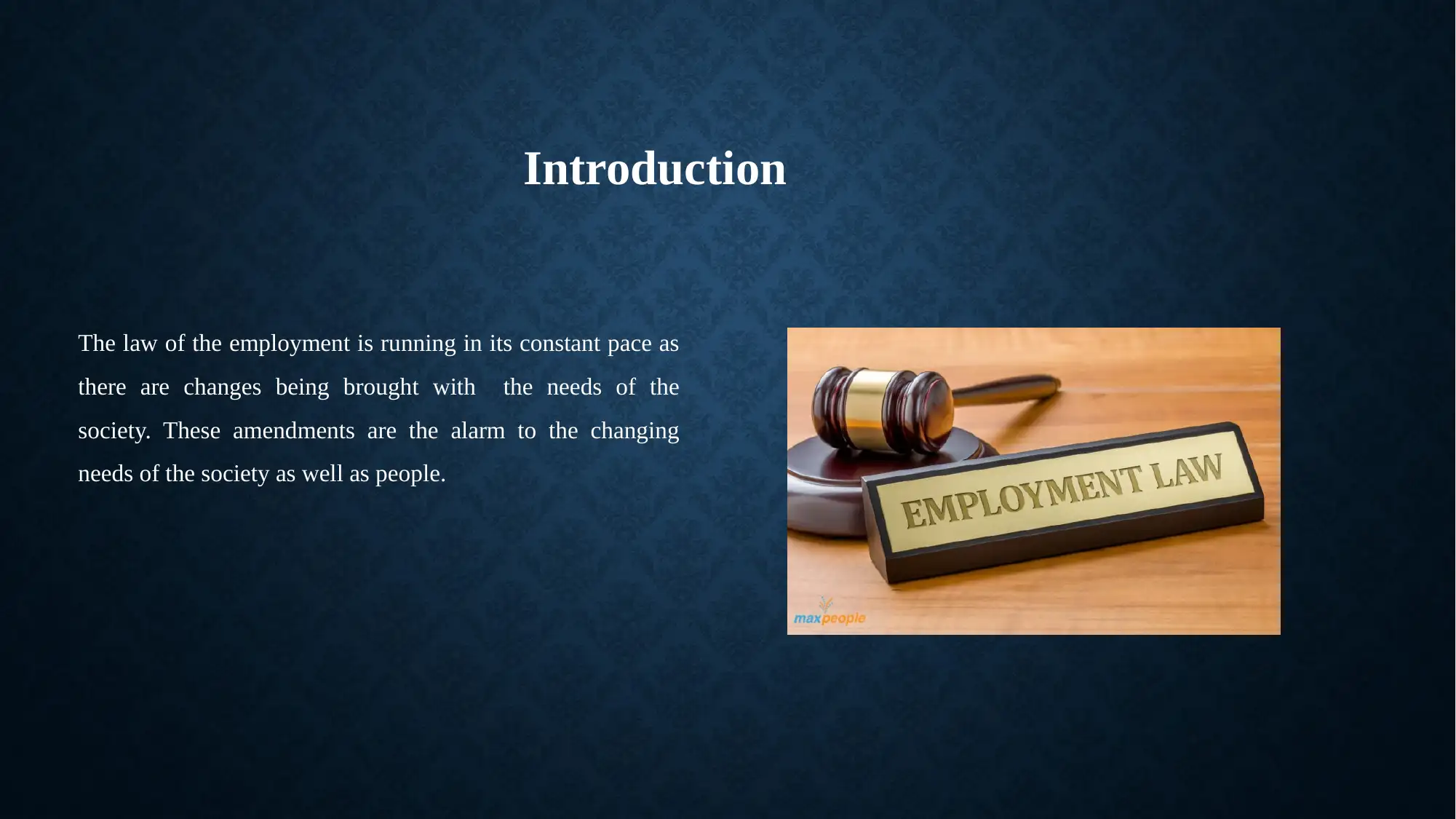
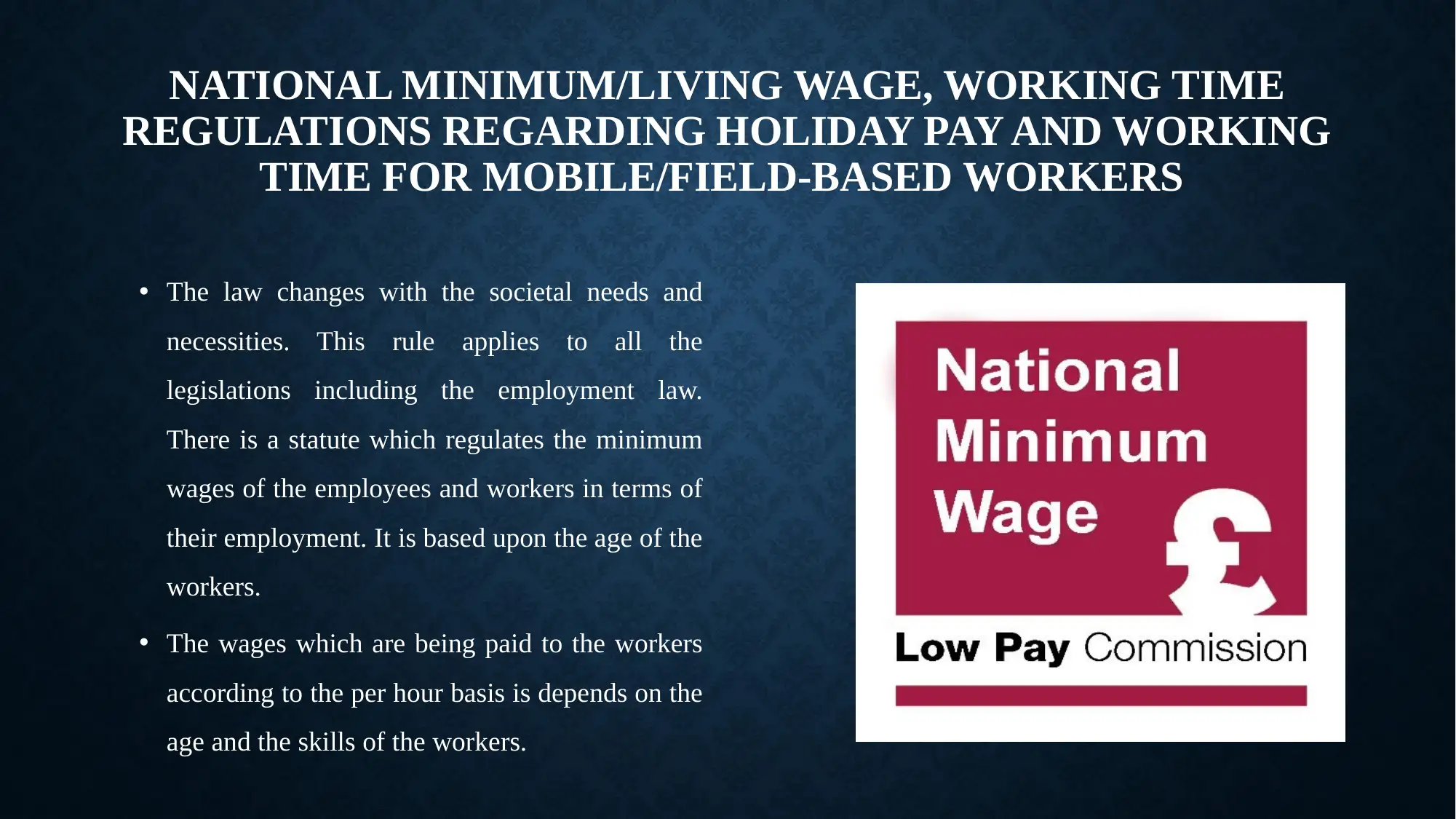

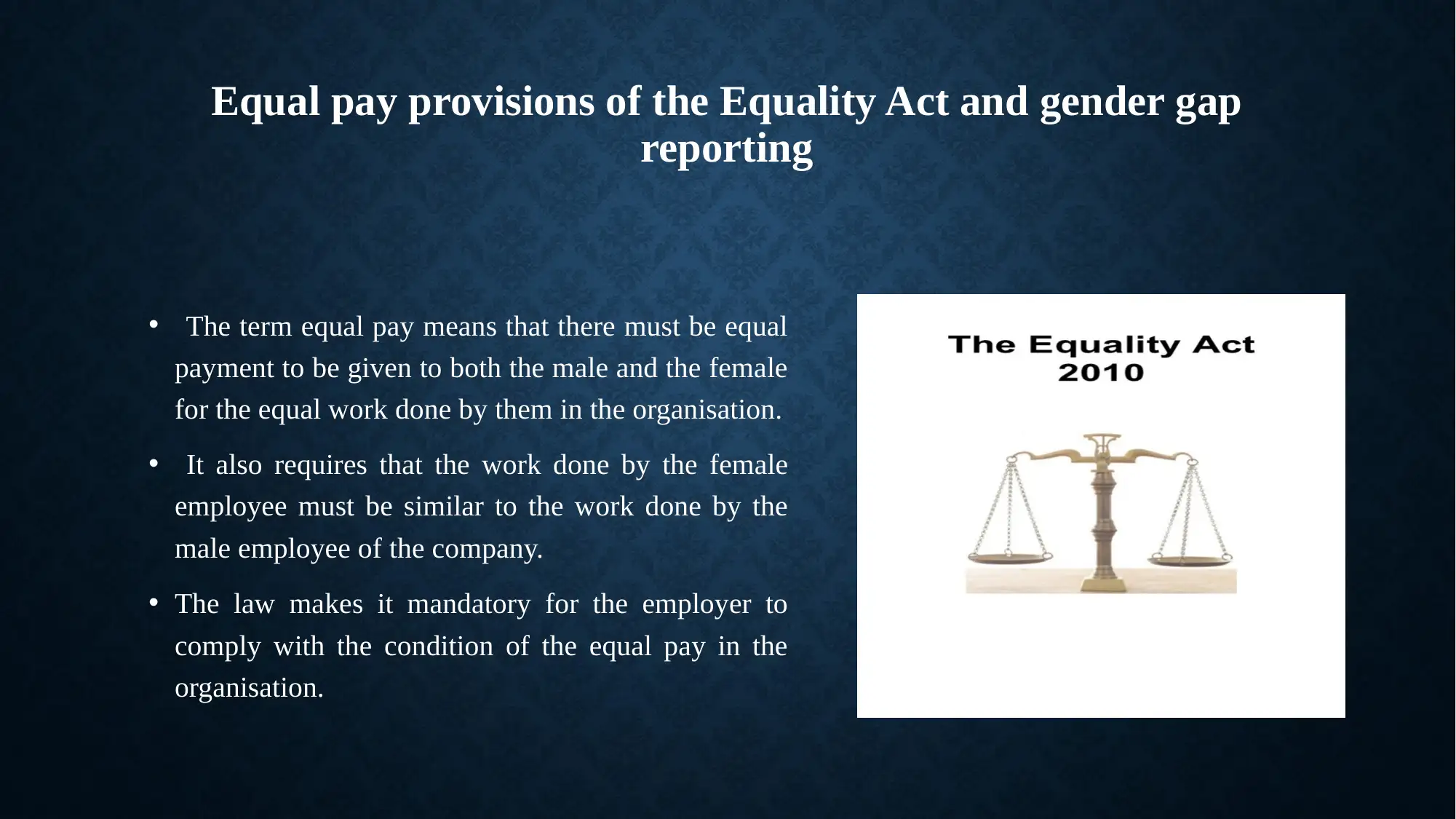
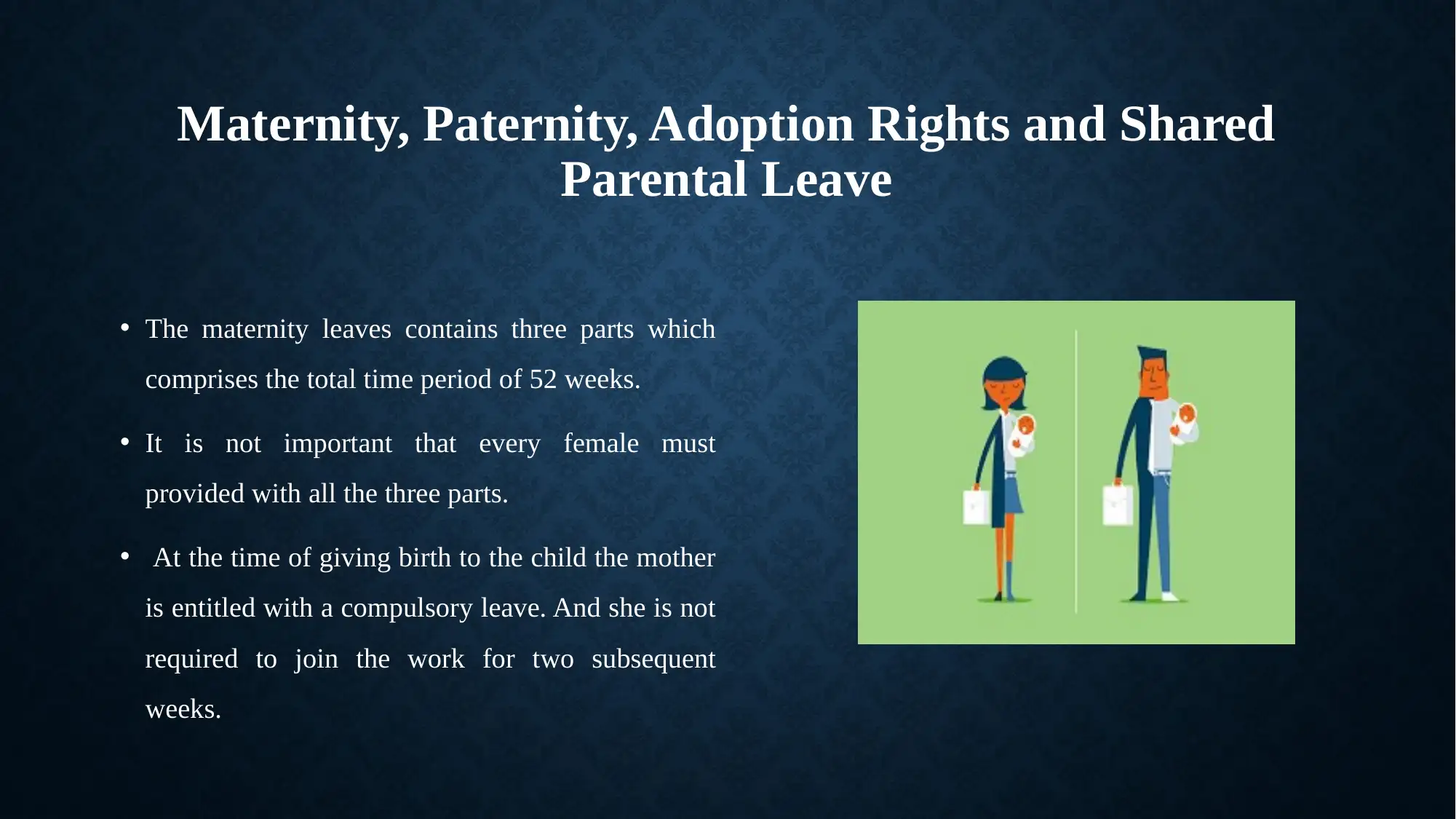
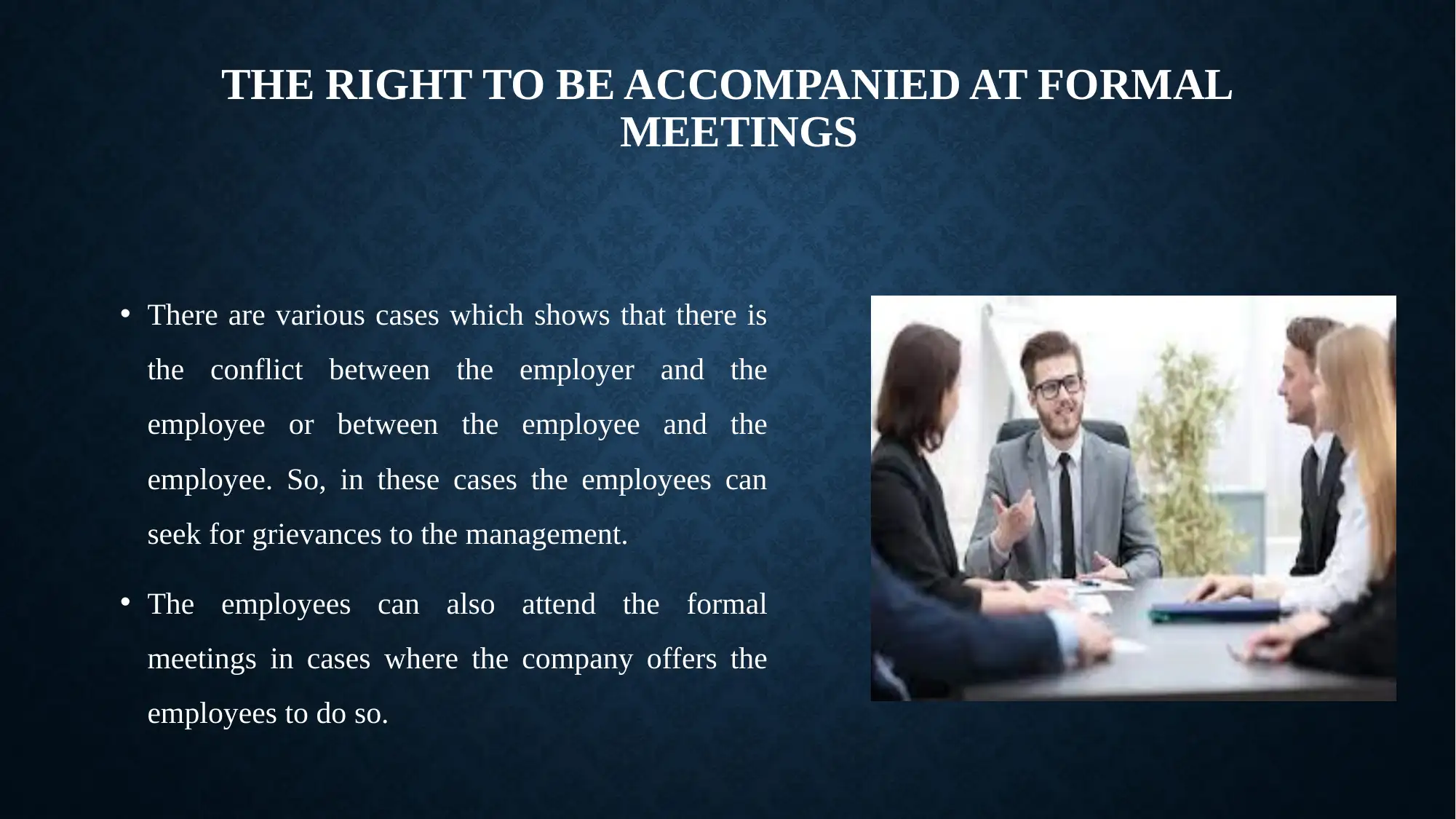
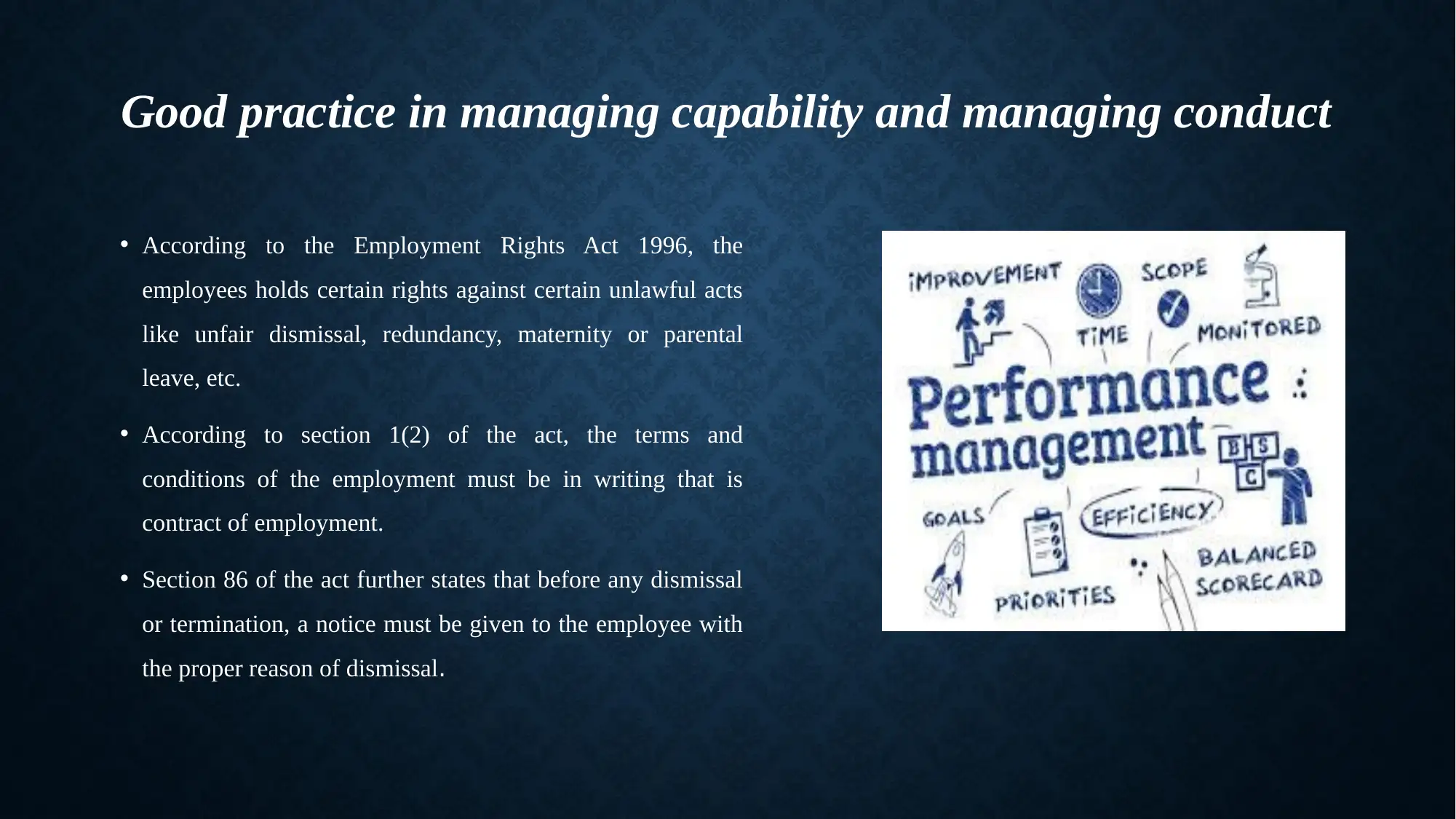
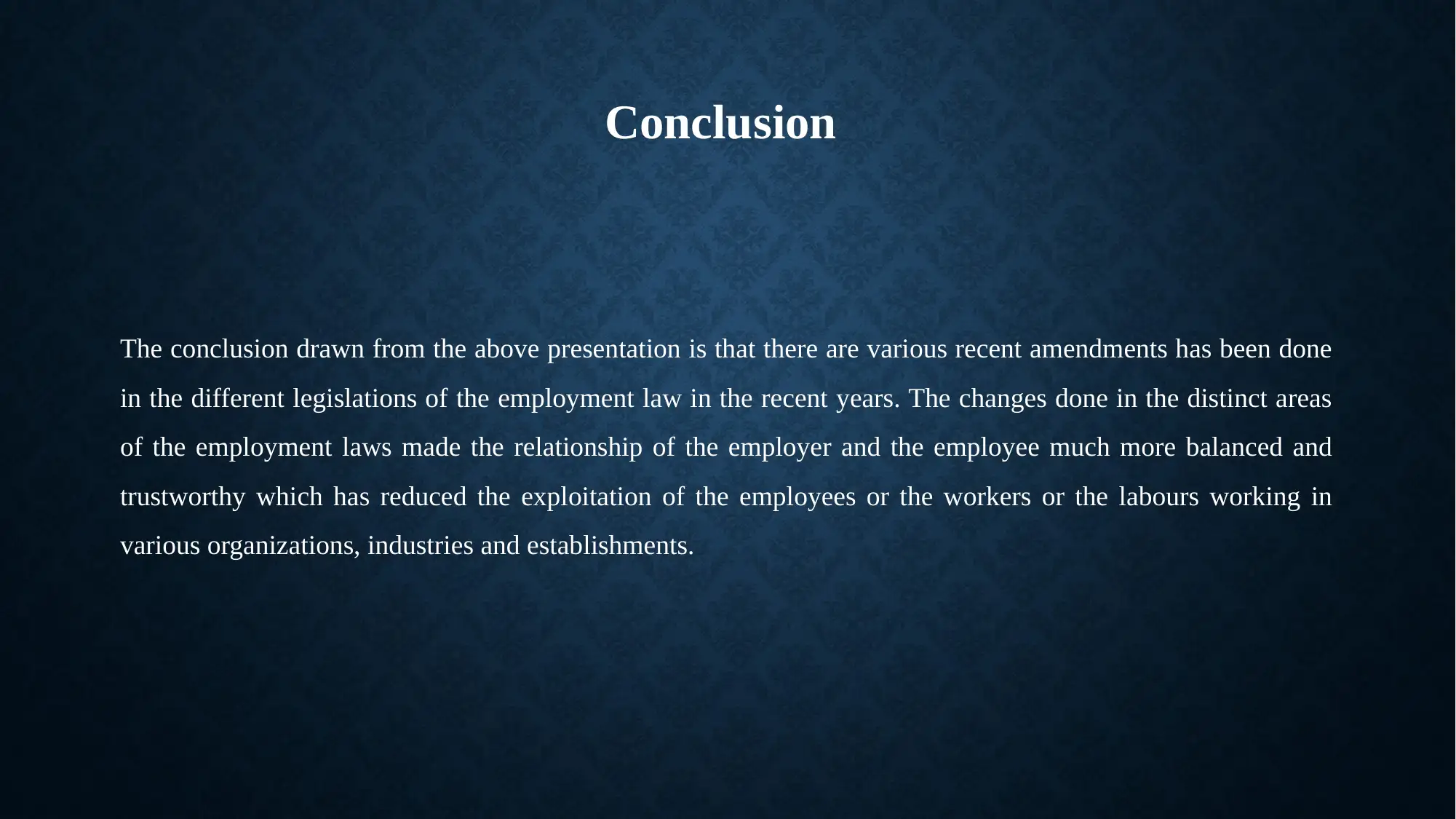
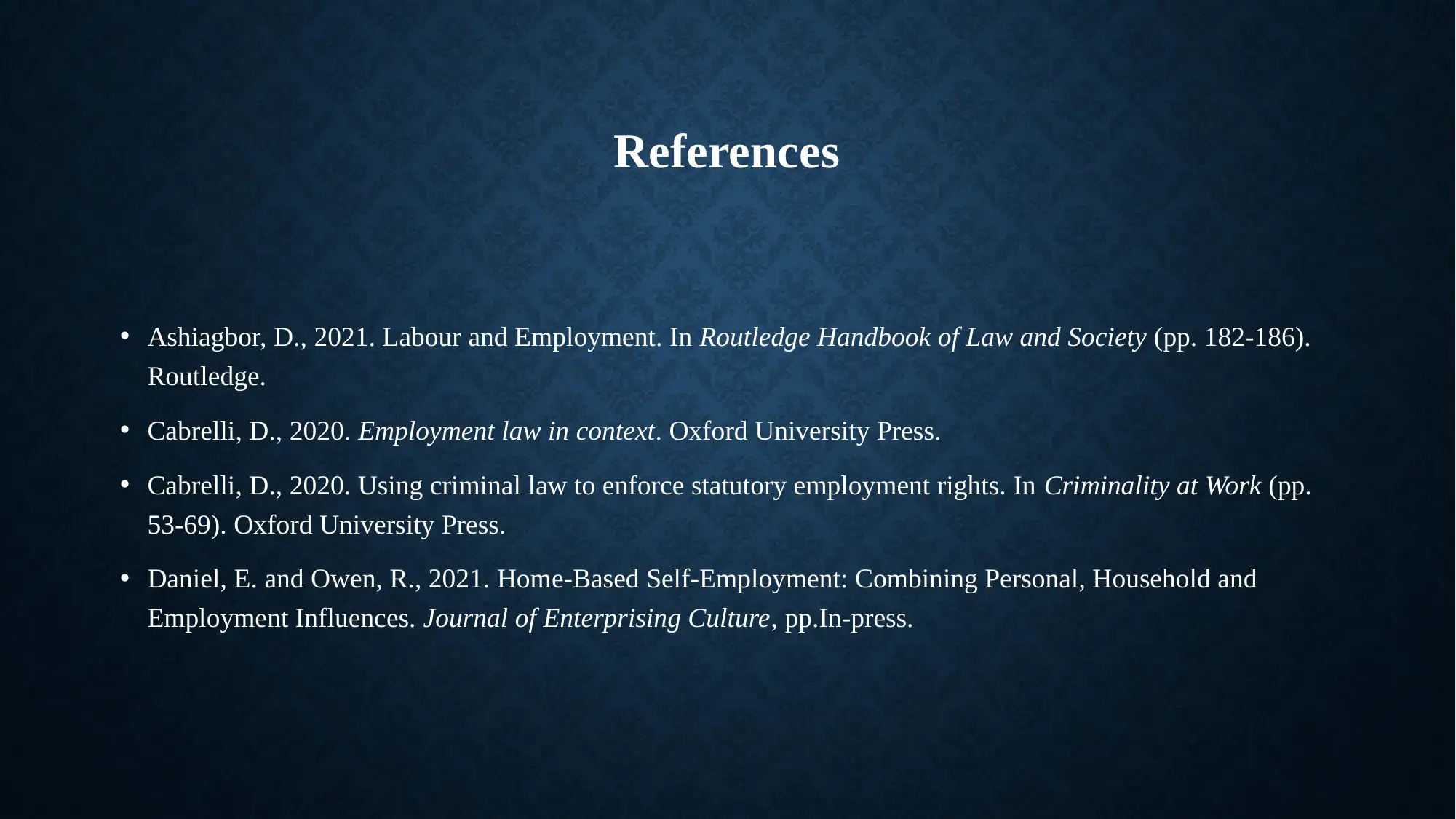







![[object Object]](/_next/static/media/star-bottom.7253800d.svg)